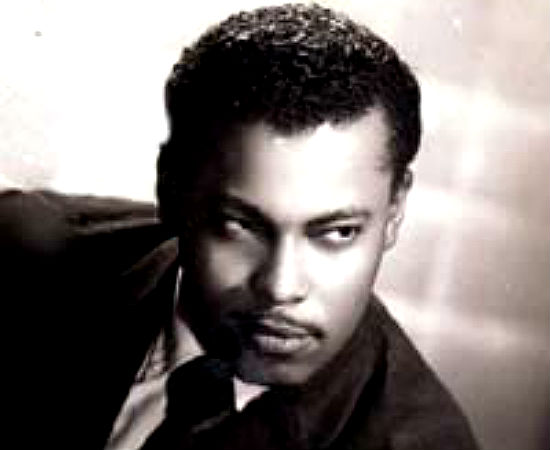 Franco the Great (born Franklin Gaskin in Panama 1928, also the Harlem Picasso) is a street artist in Harlem, New York. He earned his notoriety by painting storefront security gates in West Harlem.
Franco the Great (born Franklin Gaskin in Panama 1928, also the Harlem Picasso) is a street artist in Harlem, New York. He earned his notoriety by painting storefront security gates in West Harlem.
Many original pieces can be found today on 125th Street, particularly those surrounding the Apollo Theater (between Frederick Douglass Blvd. and Adam Clayton Powell Jr. Blvd). Security gate murals can only be viewed when stores are closed and gates are shut.
Franco’s murals have helped to make Harlem into an international tourist destination.
Franco’s work can also be found inside businesses across New York state, as well as in other countries, including France, Germany, Switzerland, Japan, Canada, Spain, Brazil, the Caribbean Islands, Senegal, and several other African countries.
Franco is a native of Panama and is fluent in Portuguese, Spanish, and English.
At the age of three, Franco fell several stories and sustained serious head injuries. After emerging from a one-month coma, he found it difficult to socialize normally and make friends. In an isolated state, he began drawing and cartooning as a way to pass the time, playing with imaginary characters. Not long after, with the encouragement of a local Catholic priest, he later went on to study performance as a stage magician; this helped him to overcome introverted tendencies and build a social life.
Franco studied with an artist named Danzig for four years in his youth. Danzig gave him speech lessons and trained him to perform in front of large crowds. He encouraged Franco to move in an entrepreneurial direction, supporting his dream to move to New York and sell his skills as an artist and magician.
In 1958, Franco moved to New York and began working immediately, starting with connections he garnered in the Spanish community.
In 1968, as a reaction to the riots after Martin Luther King’s assassination, store owners in Harlem added corrugate steel gates to their storefronts. Franco the Great saw these gates as canvases to call for positive change. He began working on Sundays, a day where most stores are closed, as a time to create positivity-promoting and African-American themed murals on the gates. Since then, Franco has painted over two hundred gates, from the East to the West side of 125th Street, and beyond.
Many of the security gate murals have since been removed, or repainted grey. In 2008, new zoning laws required storeowners to install “see-through” gates, which required storeowners to de-install Franco’s works. Aside from the gates still currently in use today, twenty five gates have been saved and put away into storage.
Supporters of the “Save the Gates” Campaign hope to have the gates relocated and preserved in Triboro Plaza.
In 2011, the Harlem Community Development Corporation was reported to be working on a plan to preserve Franco’s gates and have them framed and on permanent display between 1st and 2nd avenues, creating an outdoor gallery. Framing the gates would cost an estimated $250,000.
In December 2014, developers Forest City Ratner announced plans to showcase the remaining gates in East River Plaza, as an homage to the Harlem of the past (source).
http://www.francothegreat.com/index.html
Become a Harlem Insider!
By submitting this form, you are consenting to receive marketing emails from: . You can revoke your consent to receive emails at any time by using the SafeUnsubscribe® link, found at the bottom of every email. Emails are serviced by Constant Contact








